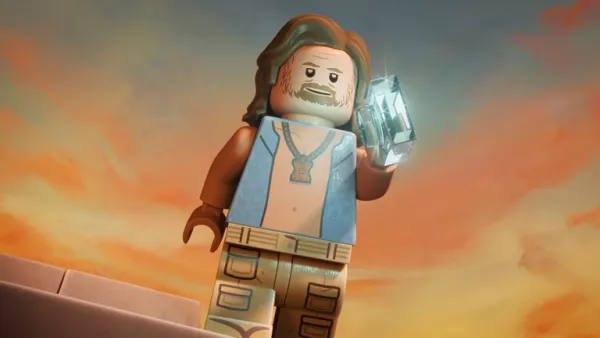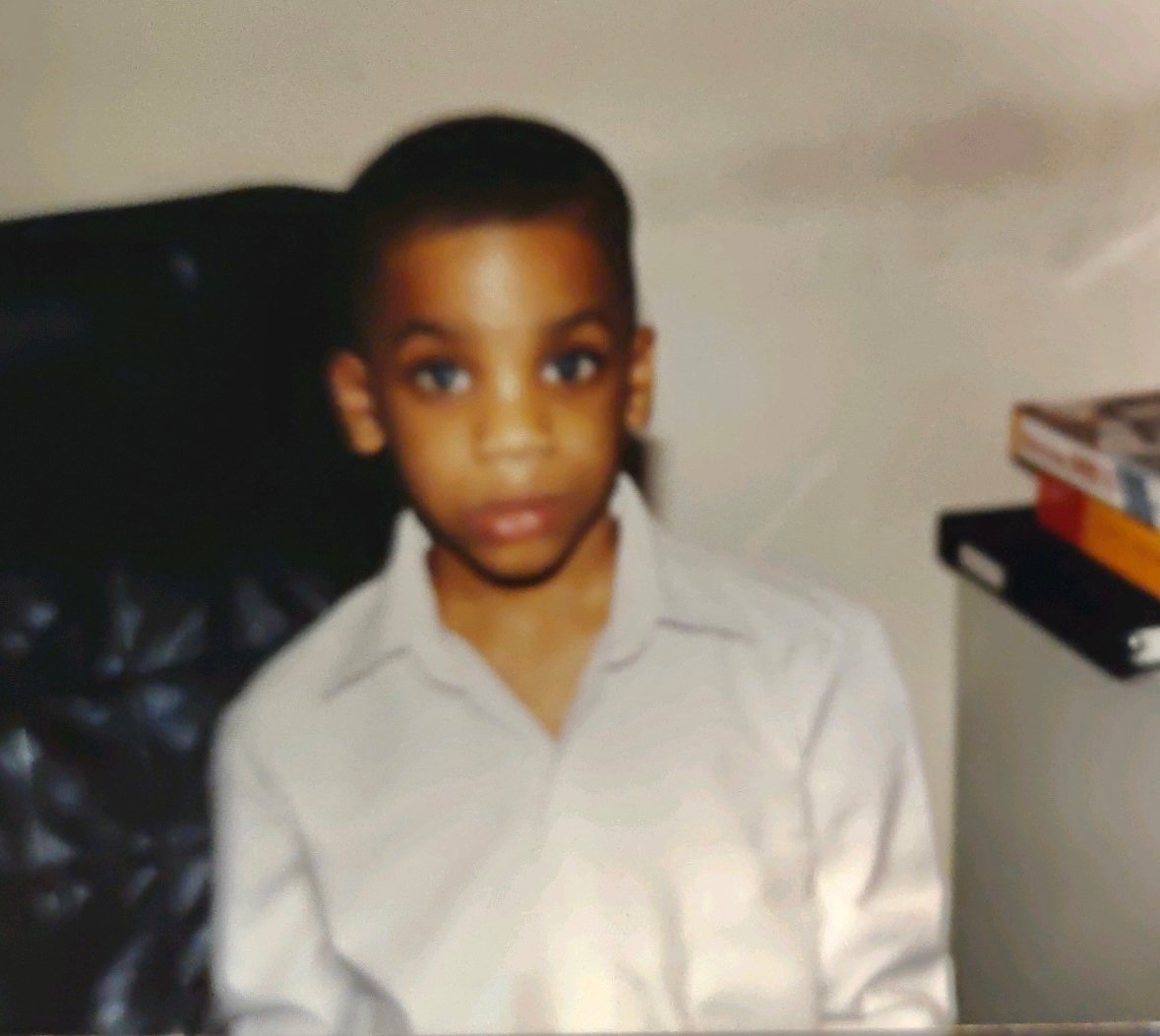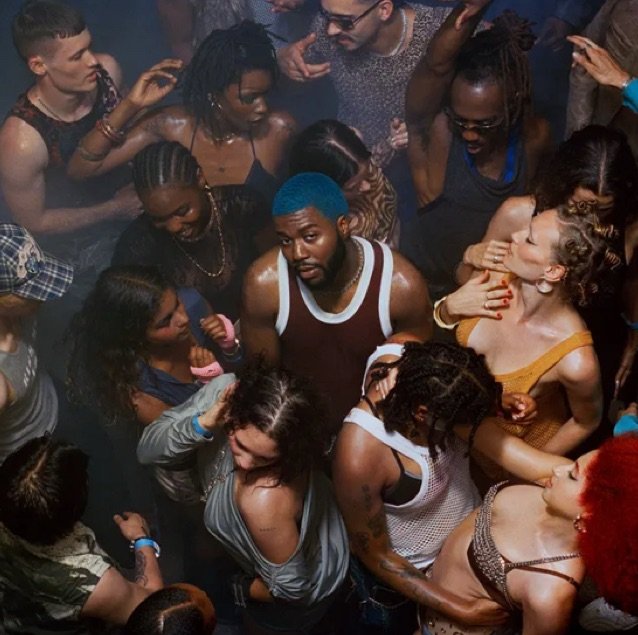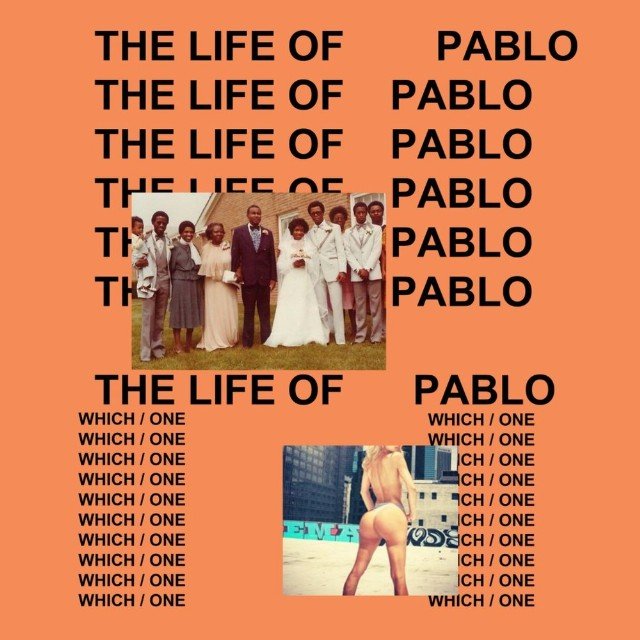
In the past, LEGO Star Wars has delivered in some surprising ways. For example, The LEGO Star Wars Holiday Special is both a better encapsulation of yuletide cheer in the Star Wars galaxy than the much-maligned Star Wars Holiday Special from 1978 and a better culmination for the Sequel Trilogy characters than The Rise of Skywalker. To be frank, I think these LEGO Star Wars specials are often underrated. Fans and general audiences alike tend to trivialize them because they are animated (a persistent issue in media, where animation is often taken less seriously than live-action filmmaking, leading to issues for Disney, which frequently treats its animated classics as mere source material for live-action adaptations) and are LEGO tie-ins.
I say all of this to say, I entered into LEGO Star Wars: Rebuild the Galaxy, the new Disney+ miniseries, with high hopes. It was a LEGO Star Wars special that was given the chance to capitalize on time-traveling, multiverse-shenaniganizing, genre-bending antics that previous entries had hinted at, with the added polish of actors like Mark Hamill, Ahmed Best, Kelly Marie Tran, and Naomi Ackie reprising their roles from the live-action films. Cool stuff, right? Well… sort of.
All told, LEGO Star Wars: Rebuild the Galaxy is a deeply conflicted piece of media on nearly every level, even down to the medium and format in which it is presented.
Labeled as a ‘miniseries’ consisting of four episodes, it’s blindingly apparent that Rebuild the Galaxy is just a feature-length LEGO Star Wars movie cleaved into four parts. This feels inexplicable, as the work doesn’t function as episodic entries at all. Once it’s all assembled, it follows a three-act movie structure, but divided into separate parts, it feels clunky, and each piece feels malnourished and underbaked. The editing team has done their best to make the end of each episode feel like a cliffhanger to lead viewers into the next, but it’s just a movie haphazardly chopped into pieces. The clearest example is the end of the third episode, which skips a more dramatic, emotional closing shot in favor of an establishing shot for the next episode’s opening. This imposed structure feels needless at best and downright detrimental at worst.
In a way, this diametrically opposed sense of self—seen even in the way Rebuild the Galaxy is presented—feels like a potent encapsulation of the juxtaposing and contradictory forces at play in the work itself. Because make no mistake, I like Rebuild the Galaxy. I think the writing is solid, Chris Buckley’s direction is great, the animation is often exceptional, and it’s clearly having a lot of fun in this sandbox, made lovingly by talented folks who care deeply about Star Wars. But it doesn’t truly hit its stride until the final episode or so, when it finally invests fully in its own characters and story.
Once it does invest in its own characters and story, it all truly clicks together. But until that point, it can feel like a one-trick pony. All the good guys you know and love are bad (Bounty hunter Ewoks, Darth Jar Jar, even Terminator-mode C-3P0), and all the bad guys you know and love are good (Maul, Rebel-leader General Grievous, Jedi Master Cad Bane), etc. There are precious few exceptions to this, and the gags grow repetitive by the halfway mark (doubly so because of the monotonous pacing in which the episodes are divided). It becomes increasingly apparent how devoid of internal logic, motivation, or meaning this alternate universe is. It’s been drastically rearranged to move characters into different positions, but with no thought put into how these pieces fit together.
And that’s fine—it’s a LEGO Star Wars program clearly made for children… right? Well, sort of. But it wants to have its cake and eat it too, because Rebuild the Galaxy devotes far more time to niche in-jokes and meme adaptations than to its present-tense story. So while it presents itself as a miniseries for children, much of it is tailor-made to resonate with adult audiences. And if that’s the case, I just wish they had spent even half the time fleshing out this new galaxy and making it feel like an authentic part of the story as they did researching fan-favorite conspiracy theories and limited-edition LEGOs.
That being said, the core story of Rebuild the Galaxy is good, and by the end of the third episode and into the final one, the miniseries fully embraces it to the drastic betterment of the whole. The emotional through-line of siblings Sig (voiced by Gaten Matarazzo) and Dev (voiced by Tony Revolori) is strong, and the performances, animation, and writing all come together to deliver a high-stakes third act that really works. I especially love how director Chris Buckley and the animation team embrace the challenge of showcasing large-scale aerial space battles in the LEGO format, reminiscent of the most visceral setpieces from The LEGO Movie and The LEGO Batman Movie.
In many ways, the sibling relationship and rivalry at the heart of Rebuild the Galaxy feels quintessentially Star Wars-ian, riffing on the mythic qualities of George Lucas’s saga in the same way that Star Wars: Visions and The Acolyte have done. When it’s doing that—carving a path forward to future adventures in this uncharted LEGO galaxy with new characters at the forefront—it’s very exciting. But when it spends so much of its runtime looking backward, quasi-canonizing (as canon as LEGO can get) long-running fan theories or niche jokes, the heart of the actual story being told can get a bit lost.
RGM GRADE
(C+)
Overall, I enjoyed Rebuild the Galaxy as a fun little jaunt with some solid jokes and an unexpectedly pathos-laden finale. But I also found it overwhelmingly indicative of the state of Star Wars right now; fixated on its past and slavishly devoted to ‘rewarding’ fans in ways that dilute the power of the present-tense story being told.

Quincy is the creator of Ratings Game Music. He loves writing about music, taking long walks on beaches, and spaghetti that fights him back.
Discover more from RATINGS GAME MUSIC
Subscribe to get the latest posts sent to your email.










